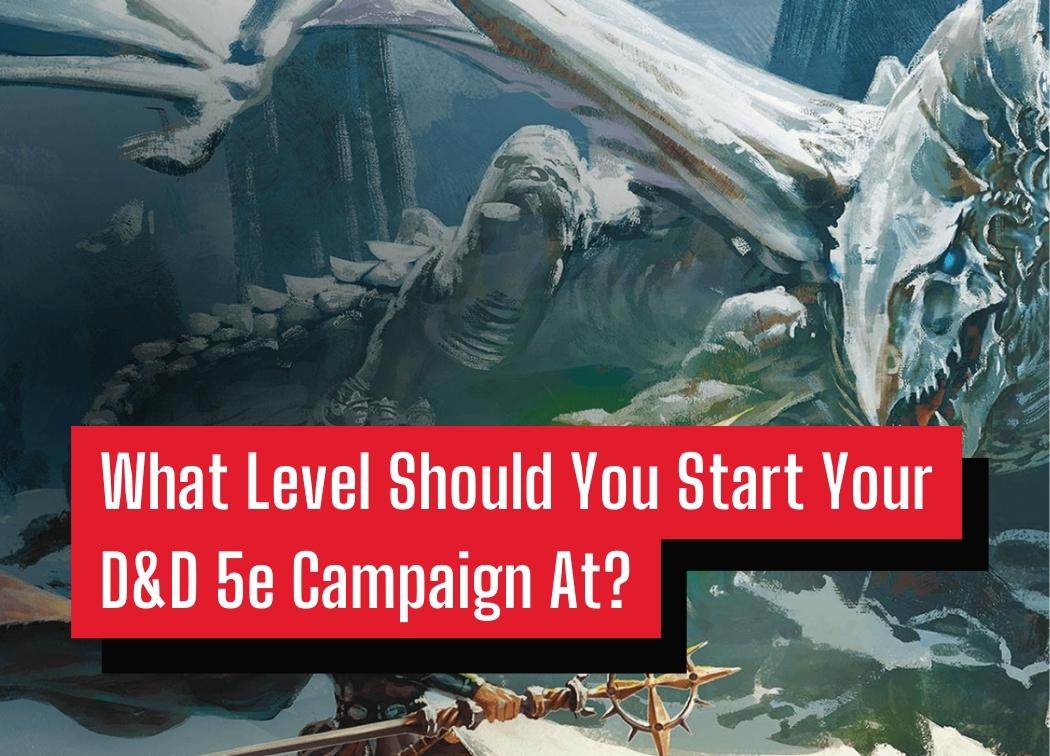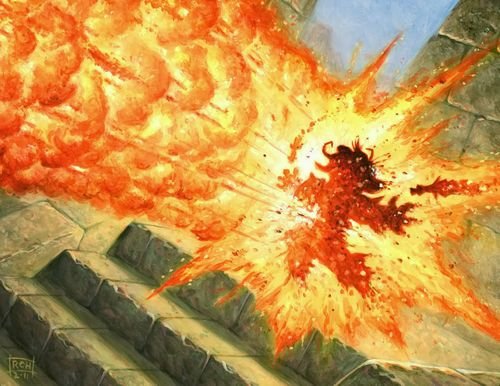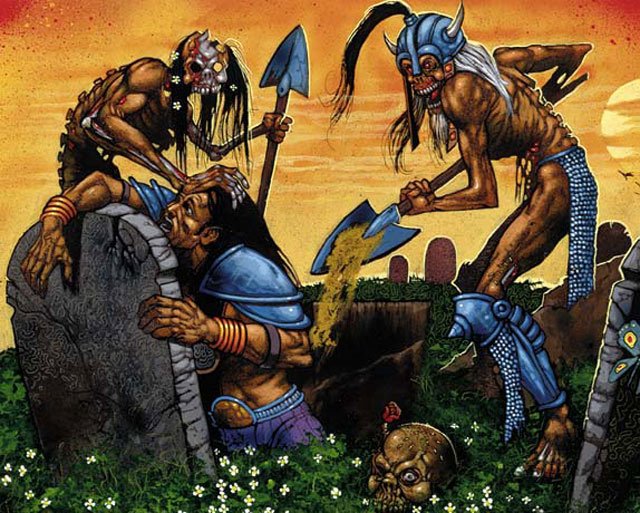What Level Should You Start Your D&D 5e Campaign At?

The hard part is over. You’ve done the initial prep for your campaign. You’ve assembled a party of adventurers (props to you if you can keep it to 3-5). Now, you’re ready to start your D&D 5e campaign. Well, almost. You just need to decide what level the party should start at!
That seems like an easy question, doesn’t it? Characters start at level 1 in D&D, so obviously they should start there.
Well, you got me. Let’s wrap this thing up. See you on Friday!
Seriously, that’s not a wrong answer. Level 1 was designed as and intended to be the starting point for any character. However, the cool thing about tabletop RPGs is that you don’t have to follow these types of intentions if you don’t feel like it adds much to your game.
Different groups of players have different needs, playstyles, and desires. As the DM, you should try your best to run a game that aligns closely with your group’s preferred style of play.
One such change that you can make to better accommodate a group is to start somewhere other than level 1. Starting at a higher level can solve a lot of issues, such as giving experienced groups more features and tools to play with, or giving a new group a bit of leeway by making their characters heartier.
Let’s talk about how to determine the starting level for your next D&D 5e campaign.

Long-Term Campaigns
My definition of a long-term campaign is something that will take your group 20+ sessions to complete. Realistically, it’s could be much more than that depending on how you handle leveling in your games.
Long-term campaigns do not have to end at level 20 the majority of long-term campaigns don’t. However, I would say that you should aim for that point, or at least the high teens for a campaign of this size and scale.
The advantage of playing a long-term campaign is that the party gets multiple opportunities to grow. They can look back on the game and see how far their characters have come and noticed the impact that they’ve had in the world.
They’ll also see how much their characters’ personalities have changed throughout their adventures.
Let’s be real for a second. There’s no guarantee that your campaign isn’t going to fizzle out after a short while anyway. However, you shouldn’t be going into the start of a campaign and assuming it’s going to die out, so we’re going to ignore that perspective despite it being a very real possibility.
Inexperienced Groups
An inexperienced group, to me, is a group that’s comprised of mostly players who are unfamiliar with D&D 5e and/or RPGs in general. Now, I’ve talked about how to play an RPG for the first time before, but let’s talk a bit about playing D&D with a group of new players in a bit more detail here.
My general advice on playing an RPG for the first time is to start at level 1 to truly get a feel for the entirety of the system. However, D&D 5e for me is an exception. Perhaps this is because I’m so familiar with the system, but I think it’s because of how level 1 characters feel in comparison to the rest of the game.
With that being said, it wouldn’t be the end of the world if you threw the party into the game at 2nd-level. While sure, each player has a couple more mechanics, features, or spells to keep track of, they’ll also have a considerably beefier character. That 2nd hit die makes an enormous difference.
1st-level characters have quite a few unique issues that, while manageable, can give new players and DMs a hard time. Personally, though, I wouldn’t go any higher than 2nd-level. The jump from level 2 to level 3 is significant for many classes due to the addition of their subclass then.
Give your players a session or two to learn the game, and then when they get a taste for everything feel free to bump them up to level 3. The good part about levels 1 and 2 at least is that they’re quick. Your players should only spend about a session in each of those levels.
Playing With an Experienced Group
You and your players have been around the block at least once before in D&D 5e. It may have been a few one-shots or another long-term campaign, but regardless you’re all familiar with the mechanics of the system.
Level 1 has quite a few issues. For starters, it’s considerably easier to die as a 1st-level character. Death isn’t a concept or consequence you should avoid, but level 1 characters are super easy to kill, even if they don’t do anything out of the ordinary.
The other issue with 1st-level characters is that they’re not particularly interesting. Most classes don’t unlock their subclass until level 3 for example, but also this level has new spells and quite a few more features than level 1. What I mean is, it’s more interesting. Experienced players have more tools to work with.

I like starting at level 1 in a long campaign, even though it has its faults. I enjoy starting the story from “the beginning”.
However, I think it’s undeniably more interesting for the players to start the game with the party at level 3-5. In the case where I do start parties at level 1 these days, they’ll usually breeze through level 1 and 2 in the matter of a session or two, just to get the players to the more fun part of the game.
Giving your group the option to choose between starting from the bottom or a few levels into their character’s progression is an excellent topic of discussion for session 0. Honestly, it’s a great perk for groups of experienced players who have played through the early levels a few times at this point.
Short-Term Campaigns
Short-term campaigns are more like one-shots in my opinion, in that you should figure out what the premise of the adventure(s) is/are then decide on where to start the party at. For example, if you’re having the party participate in a war against hordes of dragons you probably won’t choose level 1.
You have a lot of freedom if you’re running a small series of adventures. And honestly, you should take advantage of that freedom to showcase parts of the game that your players haven’t seen before, or rarely get to enjoy.
In my personal opinion, I wouldn’t use level 1 or 2 as the starting point for a short-term campaign ever. Everyone plays through the low-level stuff. Use this as an excuse to throw your players into a mid to high-level set of adventures! Let them go wild with their characters and see what the higher-end of D&D 5e brings to the table.
Conclusions
As I said before, different groups of players have different wants and needs. When something as simple as the level you begin your campaign at can influence how much fun your group has, you may as well consider starting somewhere other than 1st-level.
There are absolutely situations where you’ll prefer to start the party at level 1. Hell, as I said I still do this for most of my long-term campaigns. However, I think it’s a great idea to jump ahead to level 3+ as quickly as possible. If your players have played through level 1 a bunch of times already it’s not super enjoyable to do it again.
Level 1 has quite a few unique issues in 5e. I don’t see an issue with avoiding these issues if your group doesn’t enjoy dealing with them. Maybe it results in a shorter campaign than you intended, but I bet most groups would prefer a slightly-shorter campaign that’s more enjoyable than a longer one.

I’m planning to start my 5e campaign at level 2, and bring the party up to 3 when I introduce the premise in probably the second session or so.